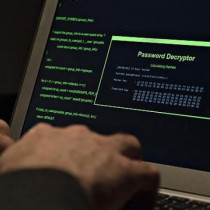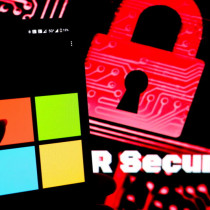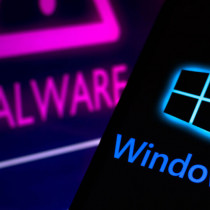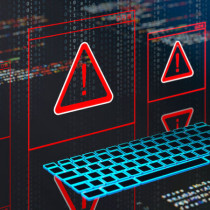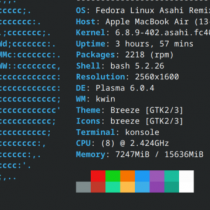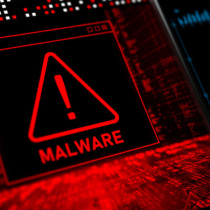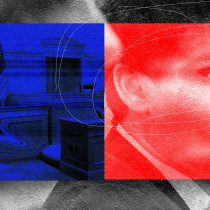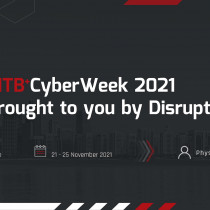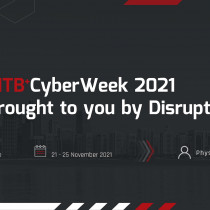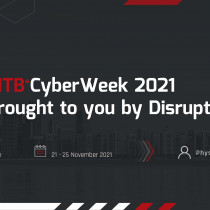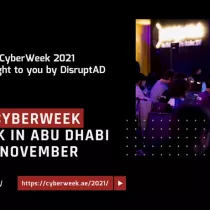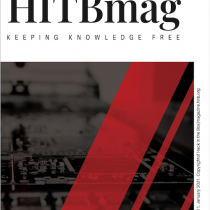DVD Encryption break is a good thing
Source: ZDNet
By: Bruce Schneier
The scheme to protect DVDs has been broken. There are now freeware programs on the Net that remove the copy protection on DVDs, allowing them to be played, edited, and copied without restriction.
This should be no surprise to anyone, least of all to the entertainment industry.
The protection scheme is seriously flawed in several ways. Each DVD is encrypted with something called Content Scrambling System (CCS). It has a 40-bit key. (I have no idea why. The NSA and the FBI shouldn't care about DVD encryption. There aren't any encrypted terrorist movies they need to watch.) It's not even a very good algorithm. But even if the encryption were triple-DES, ths scheme would be flawed.
Every DVD player, including hardware consoles that plug into your
television and software players that you can download to your computer, has
its own unique unlock key. (Actually, each has several. I don't know
why.) This key is used to unlock the decryption key on each DVD. A DVD
has 400 copies of the same unique decryption key, each encrypted with every
unlock code. Note the global secret: if you manage to get one unlock key
for one player, you can decrypt every DVD.
But even if this were all perfect, the scheme could never work.
The flaw in the security model. The software player eventually gets the
decryption key, decrypts the DVD, and displays it on the screen. That
decrypted DVD data is on the computer. It has to be; there's no other way
to display it on the screen. No matter how good the encryption scheme is,
the DVD data is available in plaintext to anyone who can write a computer
program to take it.
And so is the decryption key. The computer has to decrypt the DVD. The
decryption key has to be in the computer. So the decryption key is
available, in the clear, to anyone who knows where to look. It's protected
by an unlock key, but the reader has to unlock it.
The DVD software manufacturers were supposed to disguise the decryption
program, and possibly the playing program, using some sort of software
obfuscation techniques. These techniques have never worked for very long;
they only seem to force hackers to spend a couple of extra weeks figuring
out how the software works. I've written about this previously in relation
to software copy protection; you can't obfuscate software.
It might be a bitter pill for the entertainment industry to swallow, but
software content protection does not work. It cannot work. You can
distribute encrypted content, but in order for it to be read, viewed, or
listened to, it must be turned into plaintext. If it must be turned into
plaintext, the computer must have a copy of the key and the algorithm to
turn it into plaintext. A clever enough hacker with good enough debugging
tools will always be able to reverse-engineer the algorithm, get the key,
or just capture the plaintext after decryption. And he or she can write a
software program that allows others to do it automatically. This cannot be
stopped.
If you assume secure hardware, the scheme works. (In fact, the industry
wants to extend the system all the way to the monitor, and eventually do the
decryption there.) The attack works because the hacker can run a debugger
and other programming tools. If the decryption device and the viewing
device (it must be both) is inside a tamperproof piece of hardware, the
hacker is stuck. He can't reverse-engineer anything. But tamperproof
hardware is largely a myth, so in reality this would just be another
barrier that someone will eventually overcome. Digital content protection
just doesn't work; ask anyone who tried software copy protection.
One more lesson and an observation.
The lesson: This is yet another example of an industry meeting in secret
and designing a proprietary encryption algorithm and protocol that ends up
being embarrassingly weak. I never understand why people don't use open,
published, trusted encryption algorithms and protocols. They're always better.
The observation: The "solution" that the entertainment industry has been
pushing for is to make reverse-engineering illegal. They managed in the
United States: the Digital Millennium Copyright Act includes provisions to
this effect, despite the protests of the scientific and civil rights
communities. (Yes, you can go to jail for possessing a debugger.) They
got a similar law passed inthe UK. They're working on the EU. This
"solution" does not work and makes no sense.
First, unless reverse-engineering is illegal everywhere on the planet,
someone will be able to do it somewhere. And one person is all you need;
one person can write software that everyone else uses. Second, the
reverse-engineer can -- like in this case -- work anonymously. Laws wouldn't
have helped in this case. And third, laws can't put the cat back into the
bag. Even if you could catch and prosecute the hackers who did this, it
wouldn't affect the hacker tools that have already, and continue to be,
written.
What the entertainment industry can do, and what they have done in this
case, is use legal threats to slow the spread of these tools. So far the
industry has threatened legal actions against people who have put these
software tools on their Web sites. The result will be that these tools will
exist on hacker Web sites, but will never be in public-domain
software -- Linux, for example.
The fatal flaw is that the entertainment industry is lazy, and are
attempting to find a technological solution to what is a legal problem. It
is illegal to steal copyrights and trademarks, whether it is a DVD movie, a
magazine image, a Ralph Lauren shirt or a Louis Vitton handbag. This
legal protection still exists, and is still strong. For some reason the
entertainment industry has decided that it has a legal right to the
protection of its technology, and that makes no sense.
Moreover, they are badgering legislatures into passing laws that prop up
this flawed technological protection. In the US and UK (and possibly soon
in the EU), it is illegal to circumvent their technology, even when you
never use it to violate a copyright. It is illegal to engage in scientific
research about the encryption used in these systems. It is illegal to peek
under the hood of this thing you have legally bought. So not only does
this system not work, it creates a black market where there was none
before, while doing no social good in the process.
This DVD break is a good thing. It served no ones interests for the
entertainment industry to put their faith in a bad security system. It is
good research, illustrating how bad the encryption algorithm is and how
poorly thought out the security model is. What is learned here can be
applied to making future systems stronger.
Bruce Schneier is the chief technology officer of Counterpane Internet Security Inc. and an author of one of the five encryption methods under consideration to become the United States' Advanced Encryption Standard.<

